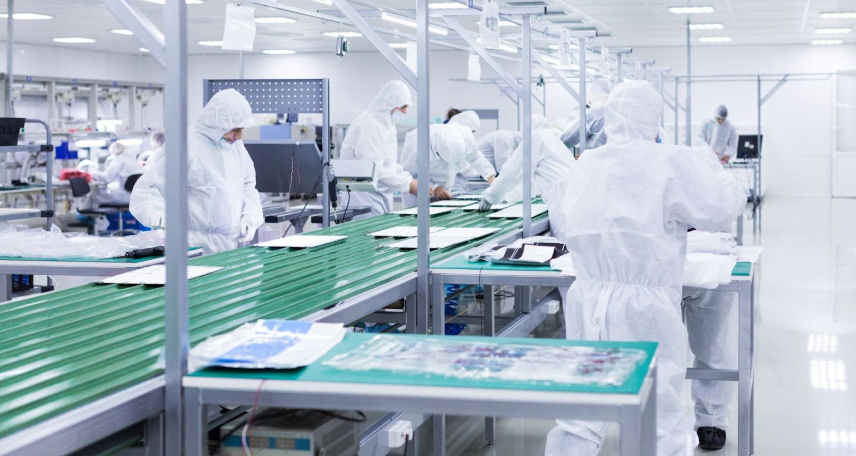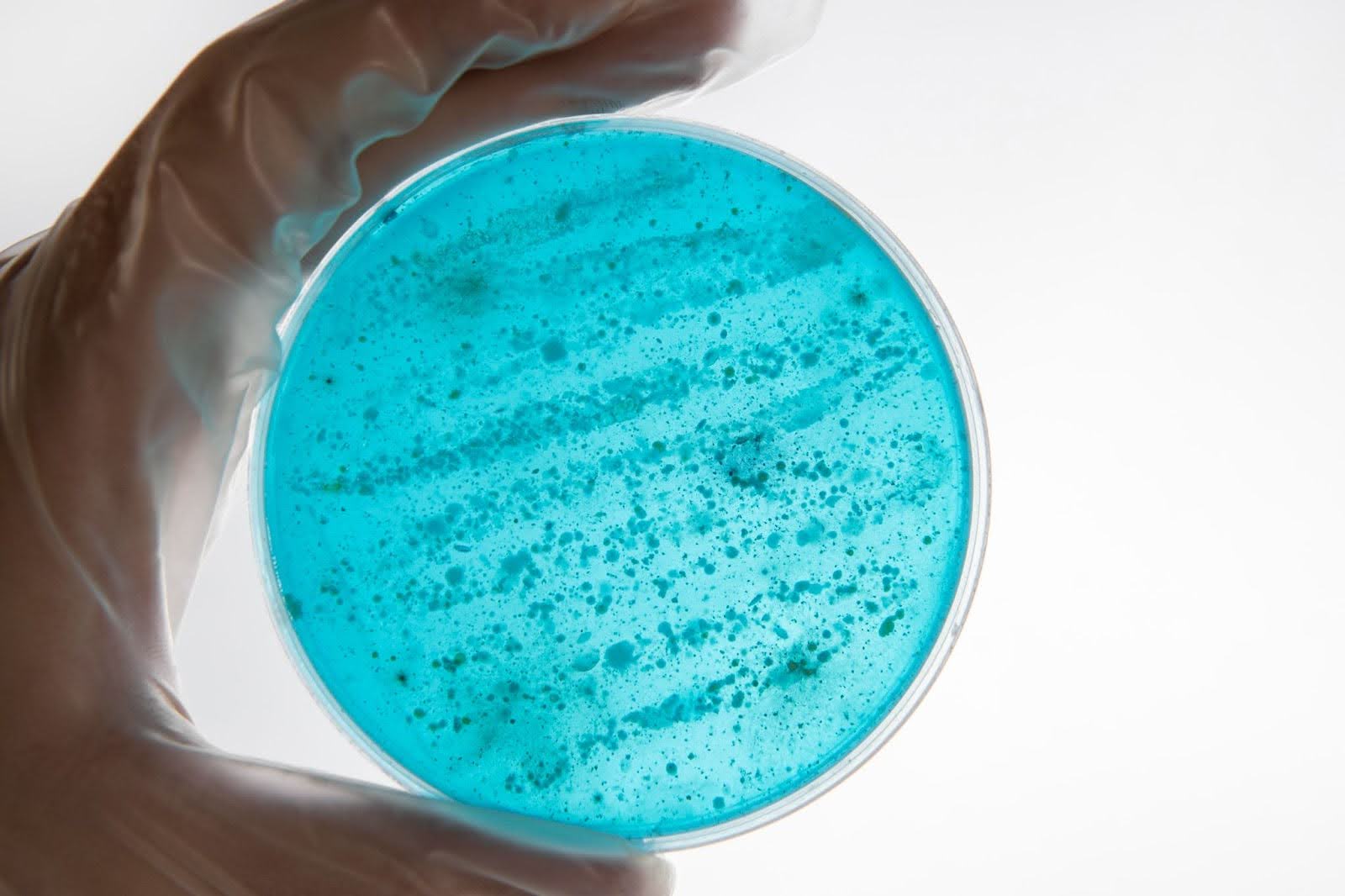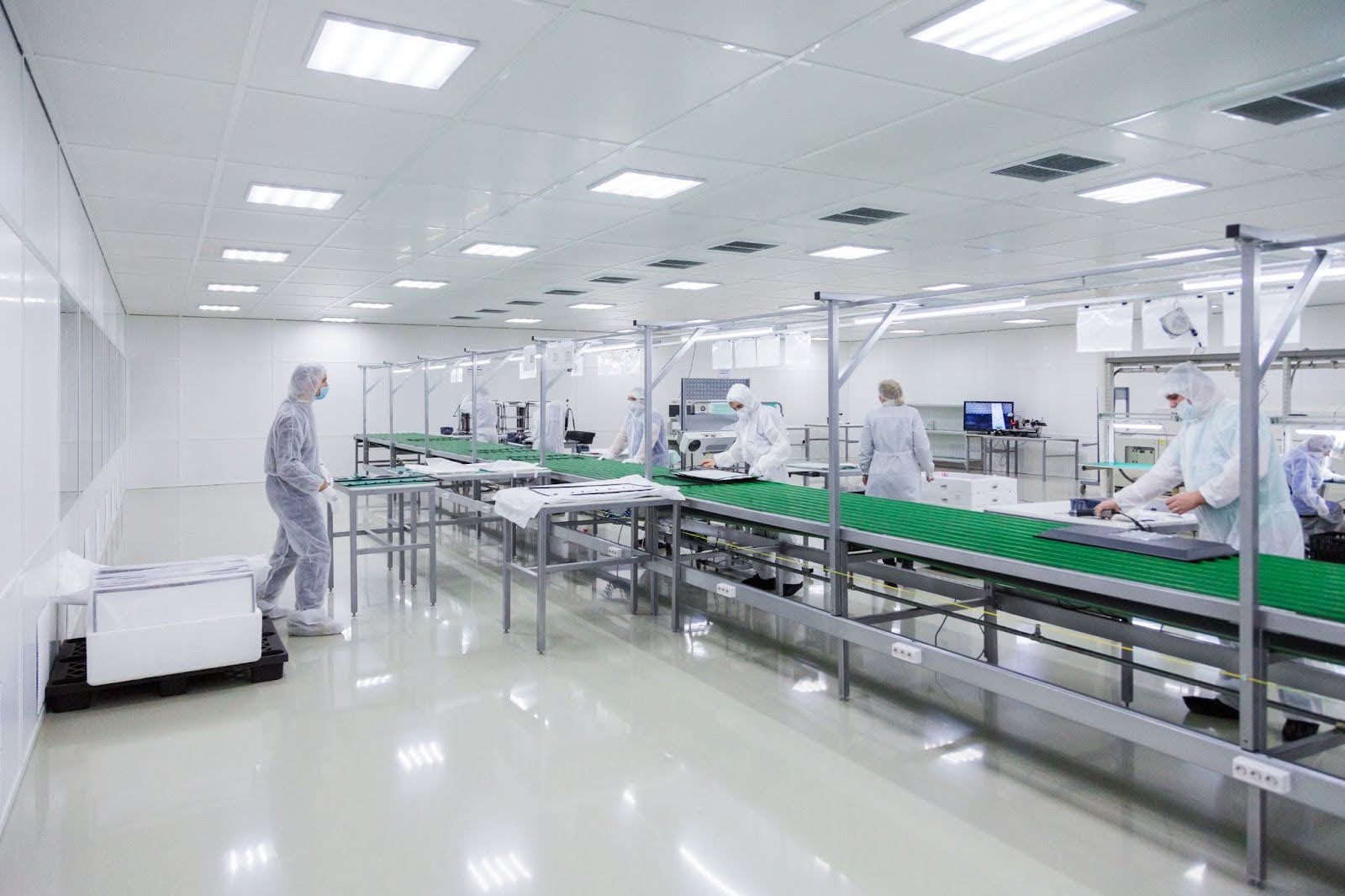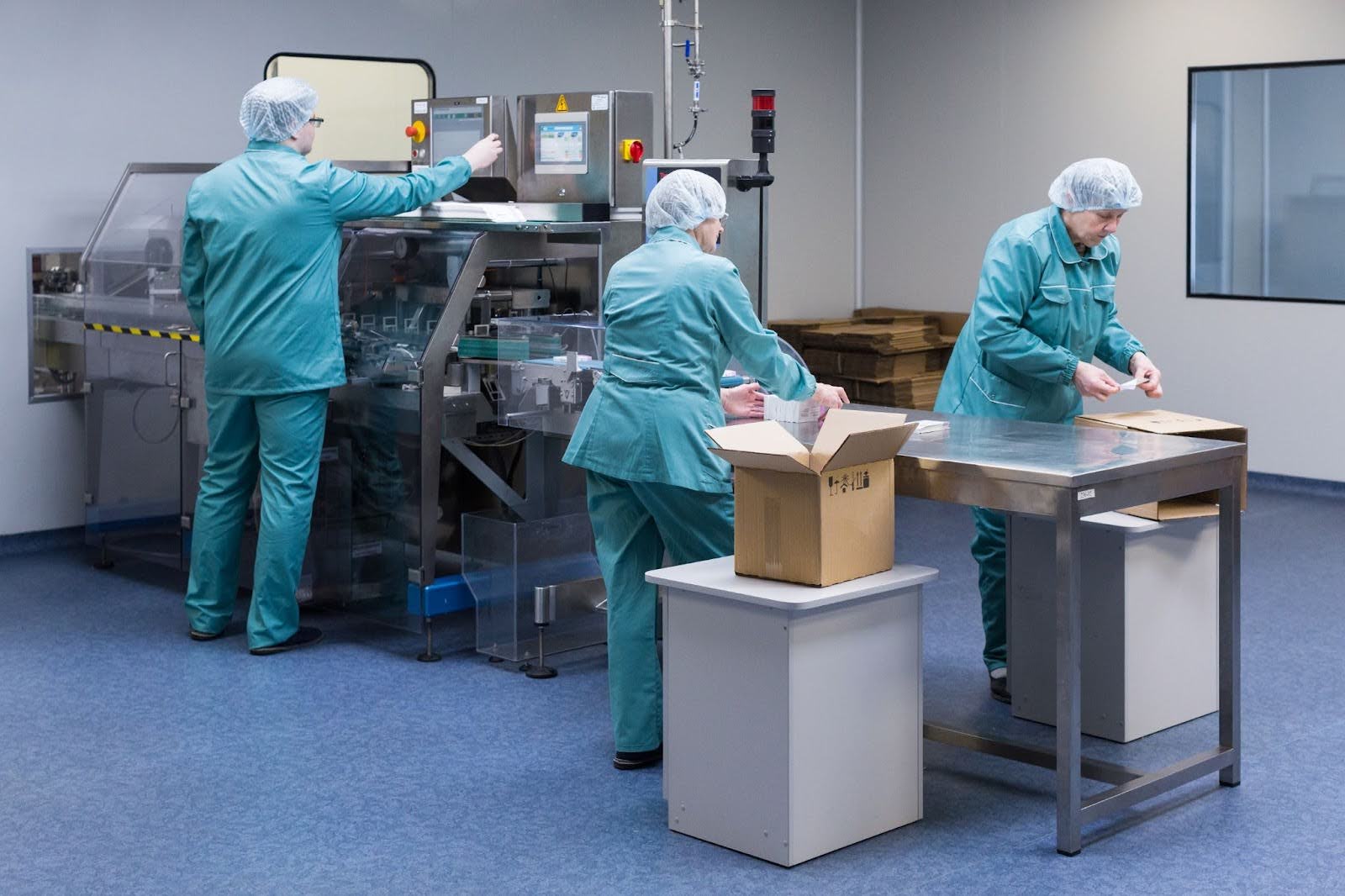by Mrudula Kulkarni
8 minutes
EM in API & Non-Classified/Open Operations
Explore how risk-based Environmental Monitoring protects quality and compliance in API and open manufacturing setups.

I still remember walking into my first Active Pharmaceutical Ingredient (API) production suite. The air smelled faintly of solvents, the rhythmic hum of reactors filled the space, and operators—without the head-to-toe cleanroom suits I was used to—moved efficiently through open equipment lines. It wasn’t the pristine, Grade A/B cleanroom environment of aseptic filling, yet it was the beating heart of a pharmaceutical facility.
That’s when I asked myself: If this isn’t a classified cleanroom, how do we ensure environmental control?
Because microbes don’t care about your room classification—they thrive anywhere conditions favor them.
Environmental Monitoring (EM) in API and non-classified or open operations is often underestimated. But contamination here, even in trace amounts, can cascade into product quality failures, cross-contamination events, and regulatory citations.
This blog dives into how smart EM programs safeguard quality when you don’t have the luxury of ISO-classified walls. A foundational understanding of pharmaceutical cleanroom standards and classifications helps contextualize how non-classified areas maintain contamination control through targeted EM practices.
The Real Risk Behind “Open” Operations
Unlike sterile drug manufacturing, API and open operations deal with higher bioburden tolerance but equally high accountability. The raw materials, solvents, and operators introduce potential microbial and particulate contaminants that can impact process intermediates or final API purity.
Common sources of contamination include:
- Raw materials carrying environmental flora
- Poor facility design or HVAC segregation
- Cross-contamination from adjacent operations
- Ineffective cleaning and sanitization
- Human operators moving between rooms
The misconception that “non-classified” means “non-critical” has cost companies millions in rejected batches and warning letters. Well-structured environmental monitoring in API manufacturing ensures that microbial and particulate risks are quantified and managed even outside classified cleanrooms.
Regulators expect you to justify your EM frequency, sampling points, and alert/action limits—even in non-classified areas. As per ICH Q7 and WHO TRS 1019, microbial and particulate control must be risk-based, consistent, and verifiable.
Setting the Foundation: Risk-Based EM Design
Every good EM program starts with a simple question:
Where does contamination matter most?
In API or open operations, that answer lies in risk mapping—identifying process steps with direct or indirect product exposure.
Checklist: Building a Risk-Based EM Plan
- Conduct a contamination risk assessment (CRA)
- Define critical control points (CCPs)
- Establish sampling locations and rationale
- Set scientifically justified alert/action limits
- Review trending data quarterly
By aligning EM strategy with process flow, you shift from a reactive “test and fix” model to a proactive contamination prevention system. Implementing surface monitoring programs in pharmaceutical cleanrooms provides traceable evidence of cleaning effectiveness and verifies ongoing microbial control in open areas.
Air & Surface Monitoring — What to Measure
Even though API facilities may not operate under ISO 14644-1 classification, airborne and surface monitoring remain central to EM.
Air Monitoring
Airborne contamination can originate from personnel movement, HVAC inefficiencies, or open processing.
Techniques include:
- Settle plates for viable particulates (exposure 4–8 hours)
- Active air samplers (1 m³/min) for quantitative results
- Non-viable particle counters for trending particulate load
Surface Monitoring
Surface EM identifies residue build-up and microbial hotspots post-cleaning.
Key targets:
- Equipment contact surfaces
- Reactor manways, dryers, and centrifuge lids
- Transfer tools and weigh scales
- Door handles and control panels
Techniques: Swab or contact plates, incubated at 30–35 °C for 3–5 days.
Personnel Hygiene & Behavior in Open Areas
Even without sterile gowning, operator behavior can make or break environmental control. The “people factor” contributes up to 80% of contamination incidents across open operations. Focusing on operator behavior, gowning, and glove fingertip monitoring can drastically reduce human-borne microbial transfer during open manufacturing activities.
Operator EM in Open Areas – What to Include:
Training Focus Areas:
- Correct use of gloves, aprons, and safety gear
- Cleaning validation awareness
- Movement discipline: one operator per area
- No-touch policy for open product surfaces
Reinforcing good hygiene behavior in non-classified areas ensures sterility protection starts upstream, not just in the final fill.
Trending, Investigation & CAPA
EM without trending is like a heartbeat monitor without a pulse line—it collects data but tells no story.
Trending Strategy
- Collect EM data by area, operator, and activity
- Plot monthly/quarterly CFU and particle counts
- Identify spikes or seasonal patterns
Investigations:
- Always correlate EM deviations with batch history
- Review cleaning logs, HVAC data, and operator shifts
- Document findings with clear root cause and CAPA plan
CAPA Example:
If glove contamination rises above alert levels—
Root Cause: Inadequate glove sanitization frequency
CAPA: Revise SOP to include hourly glove sanitization and retrain staff
Validation & Documentation — The Unsung Heroes
Validation and documentation bring your EM system credibility. Regulators expect to see clear justifications for sample locations, frequencies, and limits. Demonstrating proving cleaning and sanitization effectiveness in cleanrooms supports EM data integrity by confirming that surface hygiene verification aligns with validated cleaning programs.
Must-Have Documentation Set:
- EM master plan (EMP)
- Sampling location maps and rationales
- Trending reports
- Deviation and CAPA logs
- Annual review reports
A well-maintained EMP not only proves compliance but also serves as a living document for continuous improvement.
When Data Becomes Intelligence
Once EM data is collected, the real power lies in converting it into actionable intelligence. This is where digital tools and analytics platforms play a game-changing role.
Data-Driven EM Benefits:
- Detect early warning signals before product impact
- Automate trend visualization and threshold alerts
- Integrate with batch records for faster root cause tracing
Final Thoughts — Controlling What You Don’t Classify
Environmental control in API and open operations isn’t about sterile perfection—it’s about controlled predictability. You can’t eliminate every microorganism, but you can ensure they never reach your product.
By designing a risk-based, data-driven EM program, training your people, and continuously trending your results, you create a culture where contamination doesn’t go unnoticed—it gets understood and managed. Defining alert and action levels in environmental monitoring ensures your EM system responds proportionately to microbial excursions, preserving long-term process control.
FAQs
Q1. Is EM mandatory for non-classified API operations?
Yes. ICH Q7 and WHO TRS 1019 require risk-based EM to verify cleaning effectiveness and environmental control, even in open or non-classified areas.
Q2. What are typical alert/action limits?
There’s no universal number—it depends on your facility risk and baseline data. For instance, ≤ 100 CFU/plate might be acceptable in open charging areas but too high in drying zones.
Q3. Should particle counts be trended in API facilities?
Yes, especially for airborne particulate control, to assess HVAC performance and cleaning efficiency.
Q4. Can seasonal variation affect EM results?
Absolutely. Higher humidity and temperature can increase microbial load, requiring more frequent monitoring.
Q5. How often should EM mapping be reviewed?
At least annually or after any major process/facility change.




